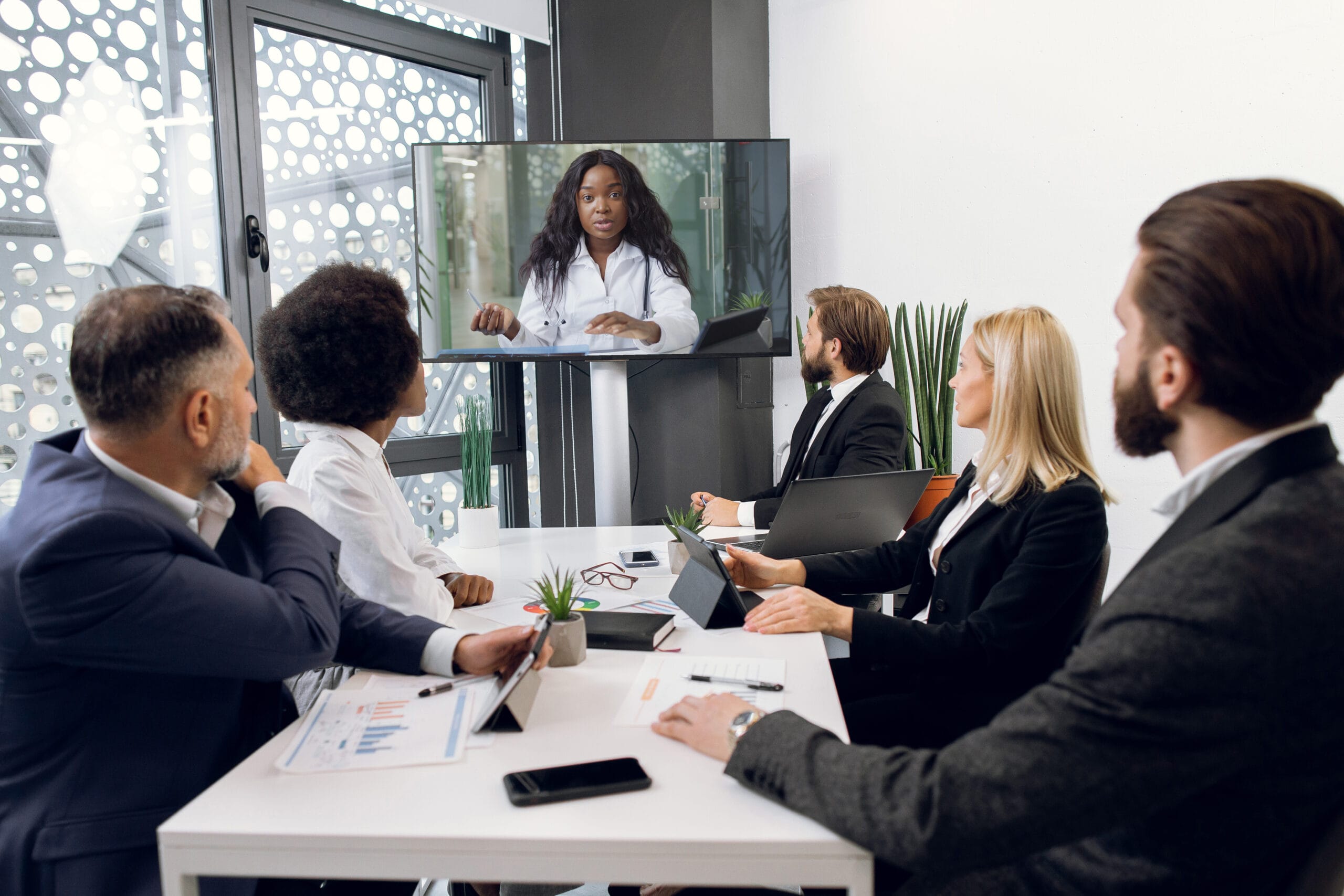Captivate the Jury: Important Components of a Powerful Trial Presentation
Important components such as comprehending the audience, crafting an engaging story, and mastering spoken and non-verbal communication are essential parts of an efficient presentation. As these aspects intertwine, they develop a cohesive approach that not just notifies however additionally involves jurors on several levels.

Understanding Your Audience
Recognizing your target market is a pivotal aspect of efficient trial discussion. An effective presentation rests on the ability to realize the demographics, worths, and predispositions of jurors. This comprehension informs how disagreements are mounted, proof exists, and sob stories are crafted, making sure that the message reverberates with the jurors on a personal level.
Study suggests that jurors come from diverse backgrounds and may have differing degrees of comprehending relating to lawful procedures (trial presentation). Therefore, it is vital to prevent legal jargon that could estrange or confuse them. Rather, employing clear, relatable language cultivates engagement and comprehension. Additionally, understanding the jurors' potential prejudices and life experiences allows the trial presenter to prepare for objections and address worries proactively.
Reliable test presentation likewise involves observing jurors' reactions during the procedures. Being attuned to non-verbal cues can provide insight into their engagement and receptiveness, enabling for real-time modifications in method. Inevitably, an extensive understanding of the audience not just boosts interaction but likewise builds rapport, increasing the probability of a desirable result. Involving with jurors as people as opposed to a collective system is essential in cultivating a solid link in the courtroom.

Crafting a Compelling Narrative
Crafting a compelling story is crucial in guiding jurors with the intricacies of an instance. A well-structured narrative not just streamlines elaborate legal concepts but also involves jurors on a psychological level, making the information extra relatable and memorable.
This message needs to reverberate with the jurors' worths and experiences, promoting a connection that goes beyond mere facts. This sequential method can help jurors adhere to the development of occasions, emphasizing reason and impact.
Incorporating human aspects-- such as personal stories or stories-- can additionally improve the narrative's impact. These aspects evoke compassion, permitting jurors to visualize the repercussions of the situation on the real worlds. Furthermore, utilizing a constant theme throughout the presentation enhances the major debate, making it much easier for jurors to preserve crucial factors.
Inevitably, an engaging narrative changes a trial presentation from a mere address of facts right into a convincing tale that astounds the court, urging them to mull over with both reason and emotion.
Making Use Of Visual Help
Integrating aesthetic help into a trial discussion can dramatically boost jurors' understanding and retention of details. Aesthetic products such as graphes, layouts, photographs, and video clips can change intricate legal principles and proof into quickly digestible layouts. By engaging numerous detects, these aids allow jurors to picture the case's vital components, making it less complicated for them to comply with along and realize elaborate details.
Moreover, properly designed aesthetic help can stress crucial points and highlight relationships in between different items of evidence. Timelines can effectively illustrate the sequence of occasions, while annotated images can clear up specific details relevant to the case. This not just help in understanding however also enhances the narrative presented by the attorney.
Extremely complex or messy visuals might bewilder jurors and detract from the message. Inevitably, reliable aesthetic interaction can be an effective device in encouraging jurors and assisting them reach educated conclusions.
Grasping Verbal Interaction
Reliable verbal communication is vital in a test presentation, as it functions as the primary ways through which lawyers share their disagreements and connect with jurors. Grasping this ability entails clearness, persuasion, and engagement. Attorneys must verbalize their factors plainly and briefly, avoiding lawful lingo that may perplex jurors. Simplicity in language promotes understanding and helps jurors grasp intricate issues presented during the trial.
Furthermore, tone and pacing significantly impact just how messages are received. A confident tone shares authority, while ideal pacing enables jurors to soak up info without really feeling overwhelmed. Attorneys must likewise vary their singing inflections to stress bottom lines and preserve jurors' interest throughout the discussion.
Furthermore, the company of verbal arguments is vital. Structuring the narrative logically and coherently assists jurors adhere to the attorney's advice line of reasoning, making it simpler for them to keep important info. Using convincing strategies, such as narration, can likewise improve the emotional vibration of the disagreements presented, thereby producing an extra extensive link with click site jurors.
Ultimately, understanding spoken interaction not only reinforces an attorney's situation but also cultivates count on and rapport with the jury, considerably improving the possibilities of a favorable judgment.

Engaging With Body Movement
Nonverbal interaction plays a crucial role in test presentations, often conveying messages that words alone can not express. Body movement, encompassing motions, pose, face expressions, and eye get in touch with, substantially affects exactly how jurors regard the reputation and sincerity of the speaker. A confident stance, with shoulders back and an open stance, can instill depend on, while closed-off body language might suggest defensiveness or uncertainty.

Faces should mirror the feelings related to the situation, enhancing the story being more info here offered. An honest expression during a poignant moment can evoke compassion and reinforce the psychological charm. Inevitably, grasping body movement is essential for efficient test presentations, as it improves verbal communication and establishes an engaging presence that reverberates with the court.
Final Thought
Finally, mesmerizing the court necessitates a calculated strategy that includes understanding the audience, crafting a compelling narrative, using visual aids, understanding verbal interaction, and engaging via body language. Each component plays an essential function in producing a powerful trial presentation that resonates with jurors on both emotional and intellectual degrees (trial presentation). By incorporating these components efficiently, lawful professionals can dramatically boost their capacity to convince and affect jury decision-making